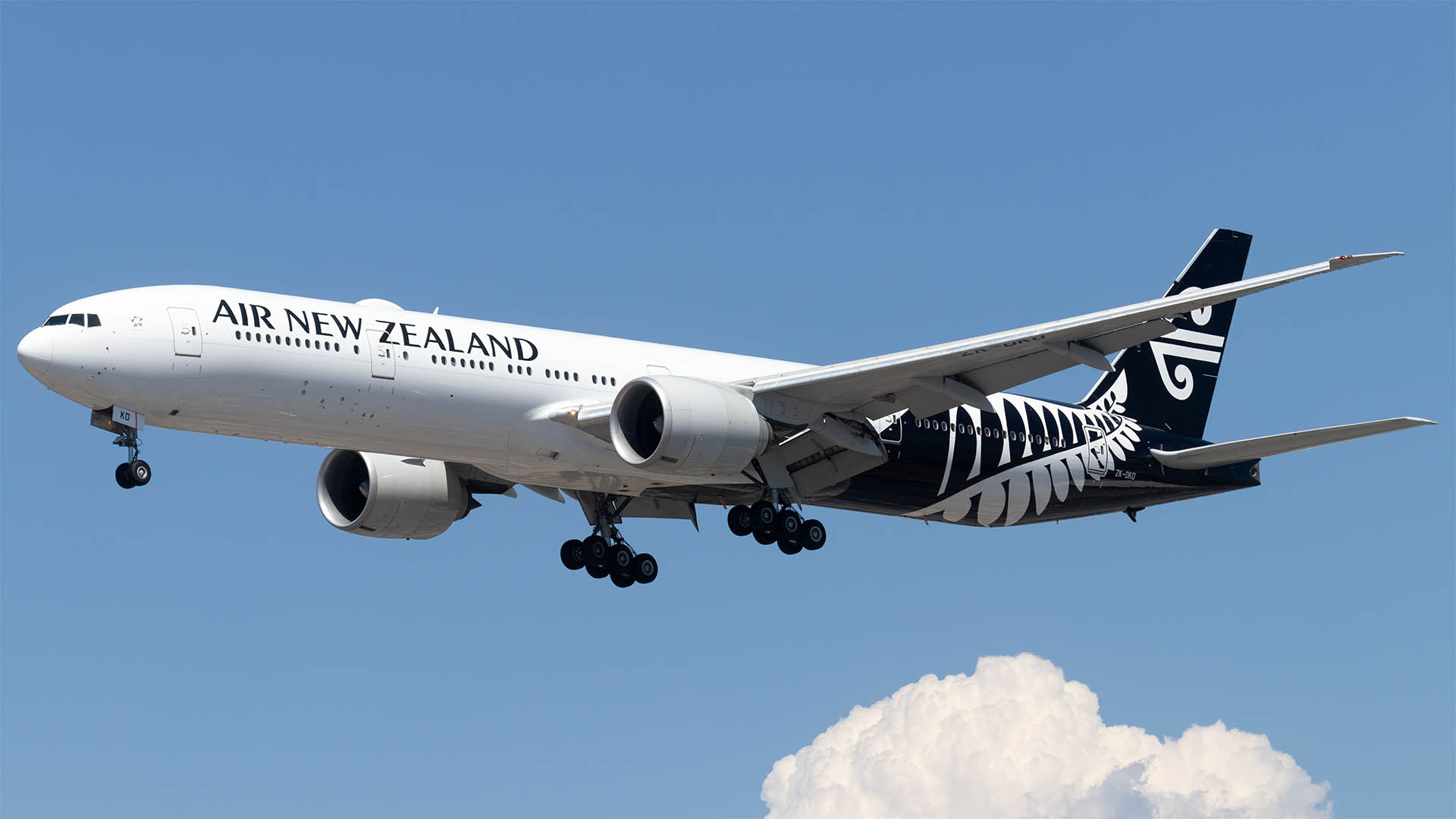The performance of laboratory services improved significantly in the second quarter for ALS Ltd ((ALQ)) and the better demand outlook has meant an investment in additional geochemistry capacity.
Morgans suspects the first quarter of FY21 will mark the low point in activity and earnings will recover back to pre-pandemic levels in the first half of FY22. The broker found the resilience of life sciences the highlight of the first half, which protected group earnings margins of 16.1%.
This, Morgans adds, proves the company is able to quickly scale capacity through cyclical downturns. Furthermore, a combination of higher volumes and capital raising activity in the commodity sector can attract a premium rating.
Strength in gold/copper prices, reserve depletion rates and increased capital raising activity are all supportive of a recovery in the global exploration cycle, UBS believes. Global mineral exploration activity has been weakened by mobility restrictions across Latin America, Africa and North America and heading into FY22 a sustained recovery in geochemistry revenue should be obtained.
No guidance was provided, which Macquarie finds unsurprising given the current environment. Yet the recovery in geochemical flows was faster than the broker anticipated and there was significant improvement late in the second and early in the third quarters as mining activity increased.
The company has indicated that the increase in geochemical volumes is still residing in inventory and has not flowed through to revenue. In Macquarie’s view this bodes well for the second half.
Despite the positives, Ord Minnett envisages a risk that rising coronavirus infections globally amid further lockdowns will return the trading profile back to first quarter levels, or worse.
Revenue was down -8.7% in the first half and life sciences was the more robust segment, with earnings (EBIT) only down -3%, Credit Suisse notes. The industrial segment was the weakest, with earnings down -25%, while commodity earnings were down -16.5%.
Management has indicated some of the cost cutting delivered during the half is structural and margins should recover to levels ahead of those pre-pandemic. Credit Suisse cites the industrial segment as an example, where margins improved to 15.2% in the second quarter from 7.2% in the first quarter despite no significant improvement in revenue.
Morgan Stanley assesses the result was “pretty solid”, particularly given the first half had arguably the worst months for coronavirus, being April-September. The broker finds the commodity segment encouraging as there is always a risk of a lag between testing volumes and higher commodity prices/greater expenditure.
While the broker acknowledges there is not the same level of upside compared with when it initiated coverage of the stock in July, investor feedback is still strong and, notably, some are waiting for a pullback in the stock before re-entering.
Morgan Stanley suggests this could protect some of the downside while upside can come from an improved performance and growth, either organically or via acquisitions, offers potential for a re-rating over the medium term as the stock trades at a discount versus global peers.
Exploration Upside
The contribution from junior miners is expected to increase following a number of equity raisings over recent months. Macquarie expects this may be evident in the fourth quarter, once the northern hemisphere field season commences.
There are indications the winter shutdown will be shorter than normal for drillers in the northern hemisphere. Credit Suisse points out junior miners are typically involved in greenfield projects and tend to provide higher margins for ALS.
Samples from such projects involve high-end technical work and there is more revenue per sample as a larger number of elements need to be tested. This could translate into higher commodities margins in the second half.
Moreover, Macquarie highlights a significant disconnect between the gold price and global exploration, with the gold price at a decade high peak but exploration expenditure at less than half the prior peak.
Hence, significant catch-up is likely and minerals revenue could benefit. Of note, the company’s US dollar revenue has outperformed global exploration expenditure in the last 3-4 years and Macquarie attributes this to market share gains as ALS continues to invest and expand.
Moreover, peers appear to have increasingly focused on the more stable life sciences rather than the more volatile commodity segment.
Life Sciences
Management expects further momentum on margins in life sciences and is looking at opportunities in food and pharmaceuticals. ALS has extended its share buyback program until December 2021, with another $97m to go from the $250m program.
Net debt is now below FY20 levels, with available liquidity of $620m that includes $510m in undrawn facilities. Ord Minnett notes due diligence is being undertaken on a number of potential targets with the company hopeful of a transaction in the next 6-12 months.
While the stock has recovered strongly it still is appealing and Morgans rates the earnings upside risk highly, as well as the exposure to gold leverage. On the other hand, UBS retains a Neutral rating on the basis the stock now adequately factors in the improvement.
There are four Buy ratings, two Hold and one Sell (Ord Minnett) on FNArena’s database. The consensus target is $10.02, signalling -2.7% downside to the last share price. Targets range from $8.60 (Ord Minnett) to $10.70 (Morgan Stanley).












